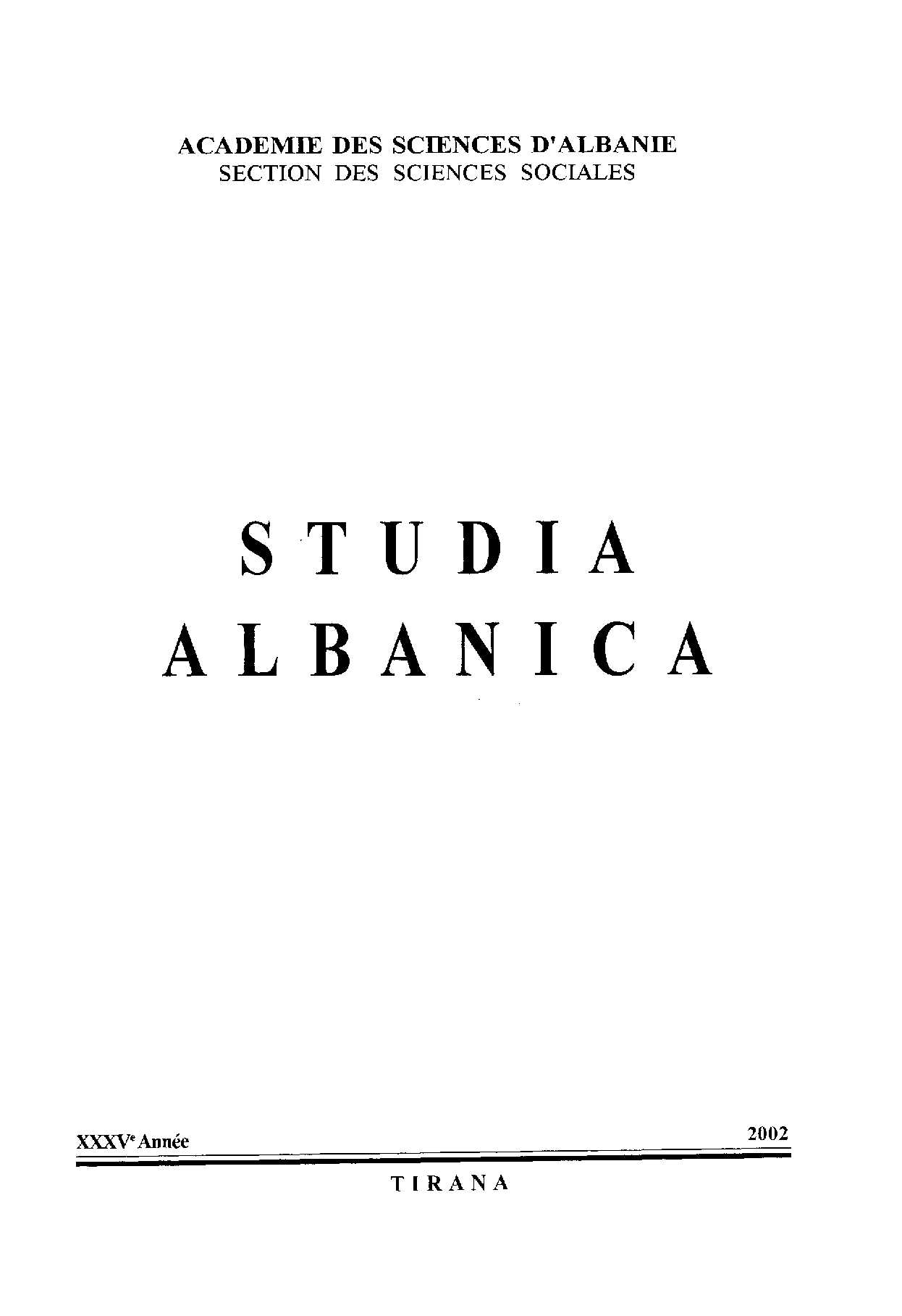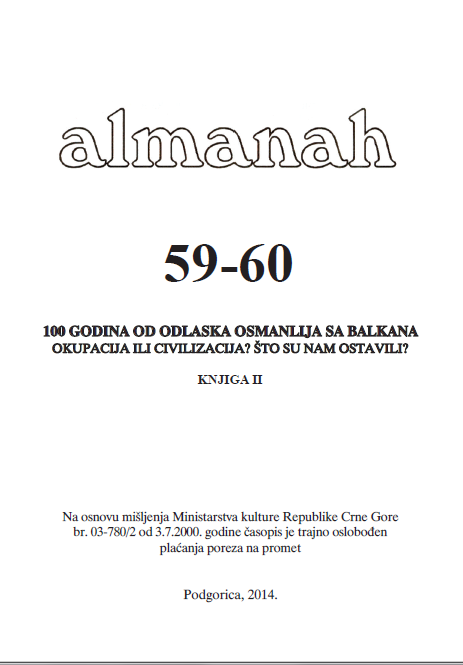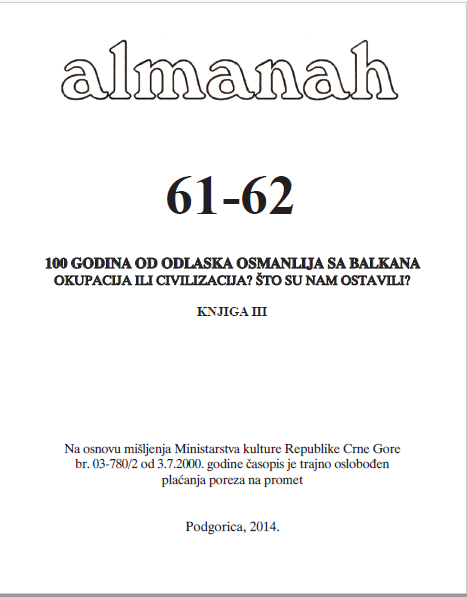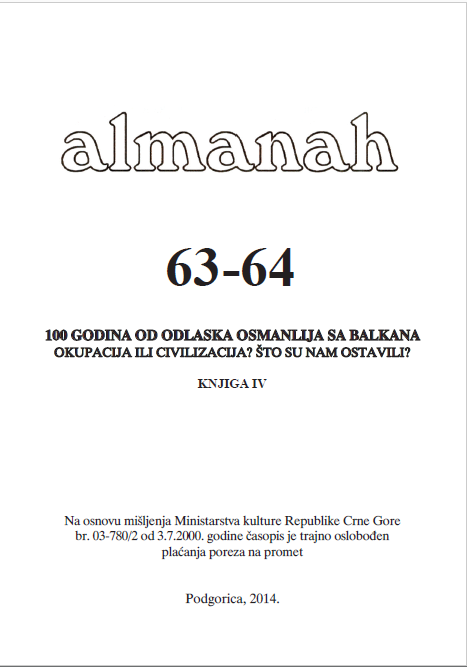
Ismail Qemal et les Jeunes Turcs (1897-1902)
Les relations de Ismaïl Qemal avec les Jeunes-Turcs à la fin du XIXe et au début du X X e siècle présentent un intérêt particulier non seulement en ce qui concerne la vie et l'activité de cette importante personnalité albanaise pour l'Empire Ottoman. Elles ne sont qu'effleurées par les chercheurs en Albanie et en Turquie également.
More...


